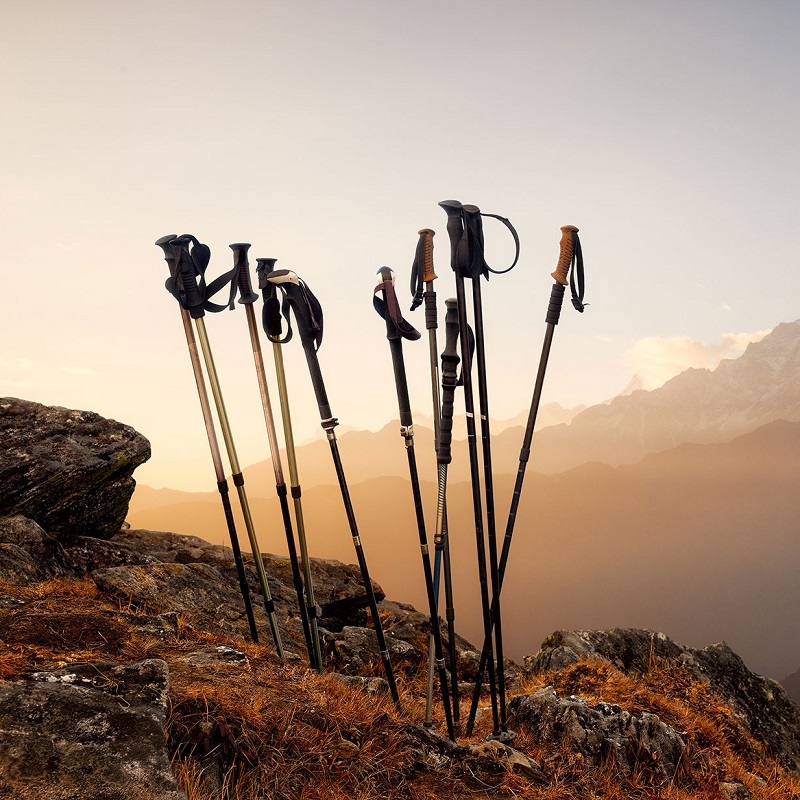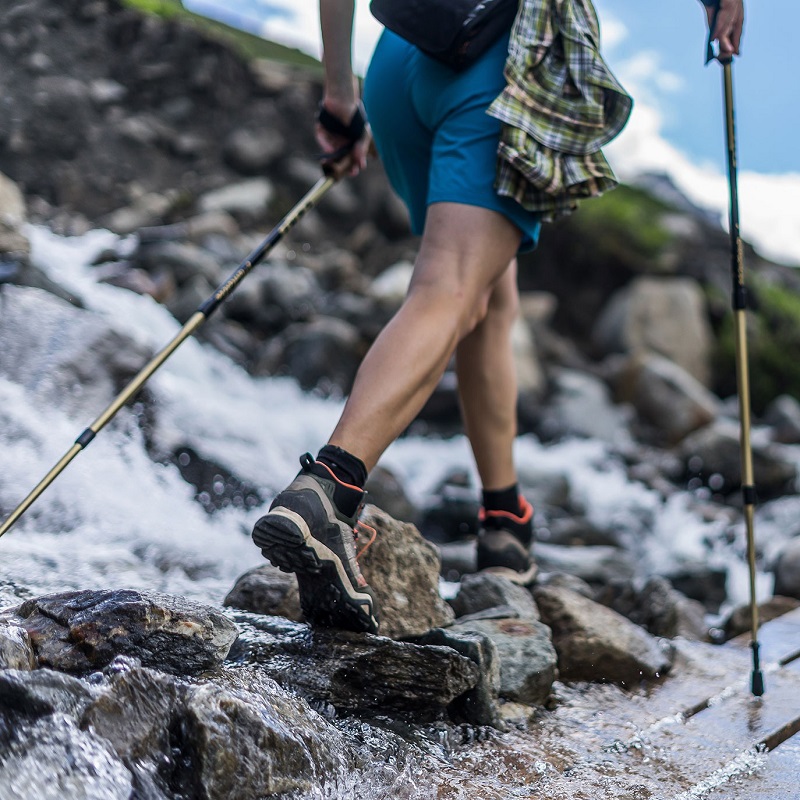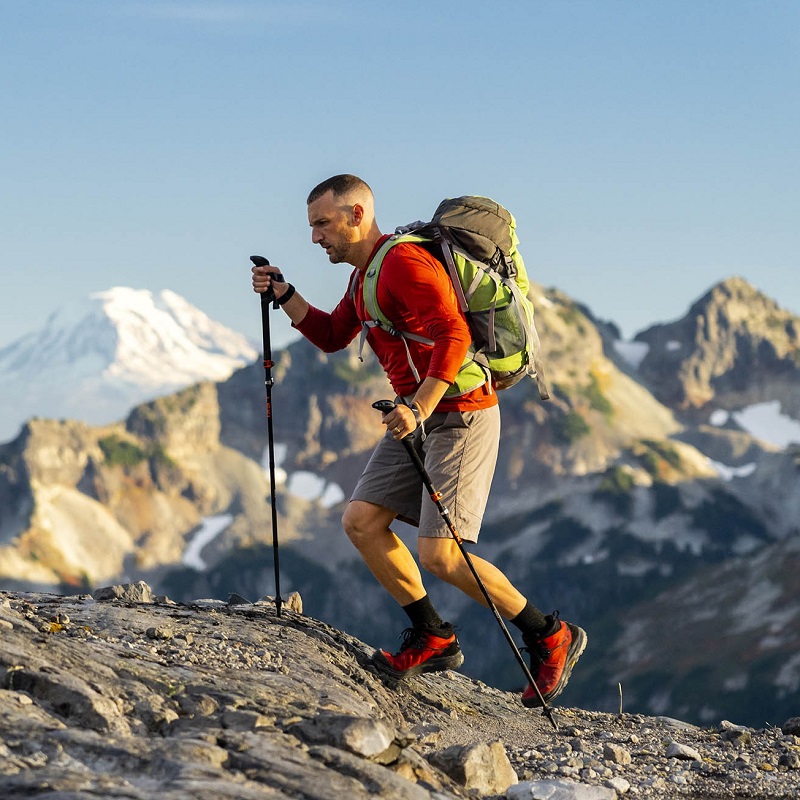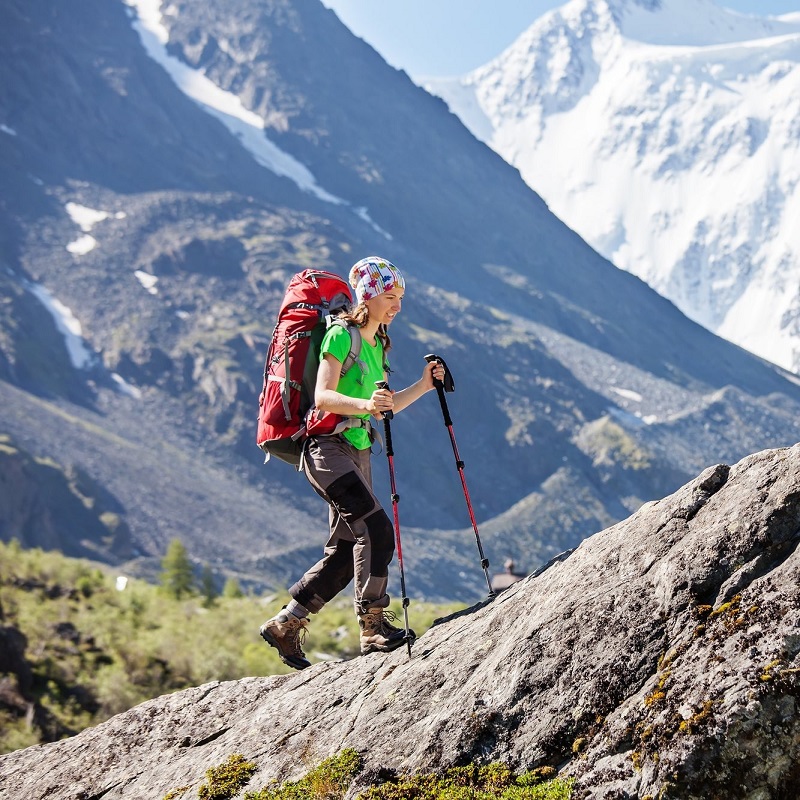The Importance of Choosing the Right Trekking Poles
When it comes to backpacking, the right gear can make a significant difference in your overall experience. Amongst the essential items for hikers are trekking poles, which help provide stability, reduce tension on joints, and improve balance on uneven terrain. However, with so many options available, it can be challenging to determine which ones are the best trekking poles for backpacking.
In this article, we’ll compare various trekking poles based on features, materials, price, and user feedback. Such information will help you decide which trekking poles will best suit your backpacking adventures. Whether you are a seasoned backpacker or someone looking to enhance their hiking experience, our detailed analysis will guide you in selecting the perfect trekking poles tailored to your needs.
Understanding the Benefits of Trekking Poles for Backpacking
Before diving into specific models, it’s essential to understand the benefits trekking poles can provide when embarking on a backpacking journey.
Enhancing Stability and Balance
- Support on Uneven Terrain: Trekking poles can help hikers navigate challenging landscapes; thus, they provide additional points of contact with the ground. This extra support reduces the risk of slips and falls when traversing rocky trails or crossing streams.
- Improved Posture: Additionally, using trekking poles encourages proper posture while walking, which can lead to reduced fatigue. By distributing weight evenly through the arms and upper body, trekkers can alleviate the strain on their legs.
Reducing Joint Strain
- Less Impact on Joints: Consequently, trekking poles can significantly minimize the impact on your knees and joints while hiking downhill. By using them to absorb some of the shock, you can prevent soreness and injuries, making your hiking experience more enjoyable.
- Increased Endurance: With reduced joint strain, many hikers find that they can extend their endurance on long hikes. This advantage allows for greater enjoyment of nature and more time spent on the trail, despite the physical challenges.

Key Features to Look for in the Best Trekking Poles for Backpacking
Selecting the right trekking poles involves evaluating various features, which can enhance your overall hiking experience. Since not all trekking poles are created equal, it is important to know what to look for.
Weight
- Lightweight Materials: Opt for trekking poles made from lightweight materials like aluminum or carbon fiber. These poles allow for easy maneuverability without sacrificing strength, making them vital for long-distance hikes.
- Portability: Moreover, lightweight poles are easier to carry on long hikes, making them less tiresome during extended backpacking trips. This attribute is particularly important for high-altitude hiking, where every ounce counts against altitude sickness.
Adjustability
- Telescoping or Collapsible: The best trekking poles for backpacking should feature adjustable heights. This adaptability allows users of different heights to find their preferred balance and increases comfort, especially on varying terrain.
- Locking Mechanisms: It is also crucial to ensure the poles come with a reliable locking mechanism to prevent sudden length adjustments during use. Quality poles will have twist locks or lever locks for ease of adjustment and stability, preventing mishaps on the trail.
Grips and Straps
- Comfortable Grips: Look for trekking poles with ergonomic grips that provide a non-slip surface. Materials like cork or foam absorb moisture, providing added comfort during long hikes, which can prevent blisters.
- Adjustable Straps: Additionally, a good strap can help secure your hands without exerting pressure on your wrists. Therefore, ensure that the straps are adjustable for individual comfort and preferences, as this will enhance your grip during strenuous hikes.

Top Trekking Poles for Backpacking: A Comparative Overview
To help readers select their ideal trekking poles, we’ll compare some top contenders available in the market today.
Black Diamond Trail Pro
- Material: Aluminum
- Weight: 1.5 lbs (per pair)
- Features: This pole features a robust aluminum construction, making it durable yet lightweight. Additionally, the Trail Pro has a FlickLock mechanism for easy adjustments and uses a comfortable foam grip for added stability.
Leki Micro Vario Ti
- Material: Carbon and Aluminum
- Weight: 1.3 lbs (per pair)
- Features: Furthermore, the Leki Micro Vario Ti poles feature an innovative folding design that packs down easily for transport. They also come with a comfortable cork grip and a reliable speed lock mechanism for quick height adjustments.
REI Co-op Flash Trekking Poles
- Material: Aluminum
- Weight: 1.3 lbs (per pair)
- Features: These poles are lightweight and durable, featuring an ergonomic foam grip and a quick-lock mechanism that simplifies the adjustment process. Consequently, their affordability makes them a great choice for beginner backpackers.
Cascadia Trekking Poles
- Material: Aluminum
- Weight: 1.5 lbs (per pair)
- Features: Cascadia poles are designed for affordability and functionality, which is suitable for casual hikers and beginners. The lightweight construction combined with a comfortable grip makes them a solid option for new backpackers.
Montem Ultra Strong Trekking Poles
- Material: Aluminum
- Weight: 1.4 lbs (per pair)
- Features: Lastly, Montem’s poles are known for their sturdy design. They feature a comfortable cork grip and adjustable straps to ensure the best fit for everyone. Furthermore, the affordability factor makes them appealing for budget-conscious hikers.

Price Range of Trekking Poles: What to Expect
When shopping for trekking poles, you will discover a wide range of prices, often correlating with the features, materials, and brands. Here’s a breakdown of the typical price range for trekking poles.
Budget Options (20−50)
- Options: Generally speaking, budget-friendly trekking poles are made of aluminum and may lack some advanced features. However, they work well for beginners or infrequent hikers.
- Considerations: While budget poles are more affordable, you may sacrifice durability or adjustability, making them less suitable for rigorous use. Therefore, always read user reviews to ensure you’re getting a decent product that meets your needs.
Mid-Range Options (50−120)
- Options: Poles within this range typically include both aluminum and carbon fiber options with more features such as better grips and locking mechanisms.
- Considerations: In this case, mid-range poles usually offer a balance between performance and price, making them ideal for hikers who venture out regularly but may not need professional-grade equipment. This group often delivers decent quality without breaking the bank.
High-End Options (120−300)
- Options: High-end trekking poles are often made of lightweight carbon fiber and incorporate advanced technology features. As a result, they’re designed for serious hikers who require optimal performance.
- Considerations: Investing in high-end poles can significantly improve your hiking experience, but it may not be necessary for every hiker. Thus, assess whether the additional cost aligns with your hiking frequency and intensity.
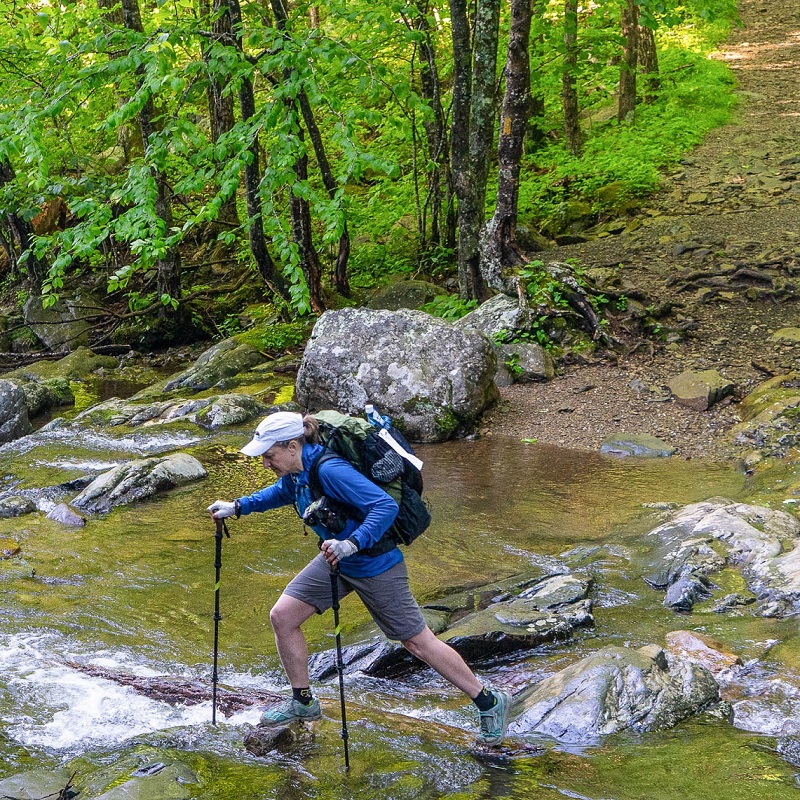
How to Maintain Your Trekking Poles
Proper maintenance of your trekking poles ensures longevity and optimal performance for years to come.
Cleaning
- Wipe Down After Use: After each hiking trip, take a moment to clean your trekking poles. Wipe them down to remove dirt, mud, or moisture, especially from joints and locking mechanisms. This simple step can prevent future issues during your next adventure.
- Prevent Corrosion: If your trekking poles have aluminum portions, pay special attention to areas prone to corrosion. Regular cleaning can prevent build-up and extend their lifespan. Consequently, your poles will remain in excellent condition.
Storage
- Store Properly: When not in use, store the poles in a cool, dry place. Avoid leaving them exposed to extreme temperatures or humidity, which can weaken their materials. Proper storage can significantly affect their durability over time.
- Keep Collapsed: When storing, collapse the poles to their shortest length to prevent damage. This also makes them easier to transport when not in use, enhancing your overall organization for your outdoor gear.

Common Mistakes to Avoid When Choosing Trekking Poles
Avoiding certain pitfalls can help you make a more informed decision while selecting the best trekking poles for backpacking.
Not Trying Them Out
- Test Before You Buy: Whenever possible, test trekking poles in-store. Adjust them to a comfortable height and hold them to feel how they perform. An online purchase without testing might lead you to choose poorly suited poles, which may not provide the support you need.
Ignoring Your Hiking Style
- Consider Terrain: Choose trekking poles that suit your hiking style and the terrain. For example, steep or rugged trails may benefit from poles with better shock absorption, allowing you to tackle challenging sections with confidence.
Overlooking Weight Considerations
- Remember the Pack Weight: While lightweight poles are important, don’t sacrifice durability for weight. Thus, strike a balance between the two, ensuring your trekking poles provide both functionality and convenience, especially during long treks.
Choose the Best Trekking Poles for Your Next Adventure
In conclusion, understanding the nuances of selecting the best trekking poles for backpacking is essential for enhancing your hiking experience. From assessing the benefits of using trekking poles to evaluating the features that meet your needs, this guide has aimed to provide a comprehensive overview.
By comparing popular models, price ranges, and maintenance tips, you are now equipped to make a solid decision for your backpacking trips. Remember to take your time, conduct thorough research, and try out the poles yourself when possible. In fact, experiencing them firsthand can reveal preferences that specifications cannot convey.
Having the right trekking poles can make a significant difference in your overall performance on the trail, ensuring that you hike safely and comfortably. So grab your gear, head to the mountains, and enjoy the journey with the best trekking poles in hand. With the right set, you can forge new paths and create lasting memories in the great outdoors!
